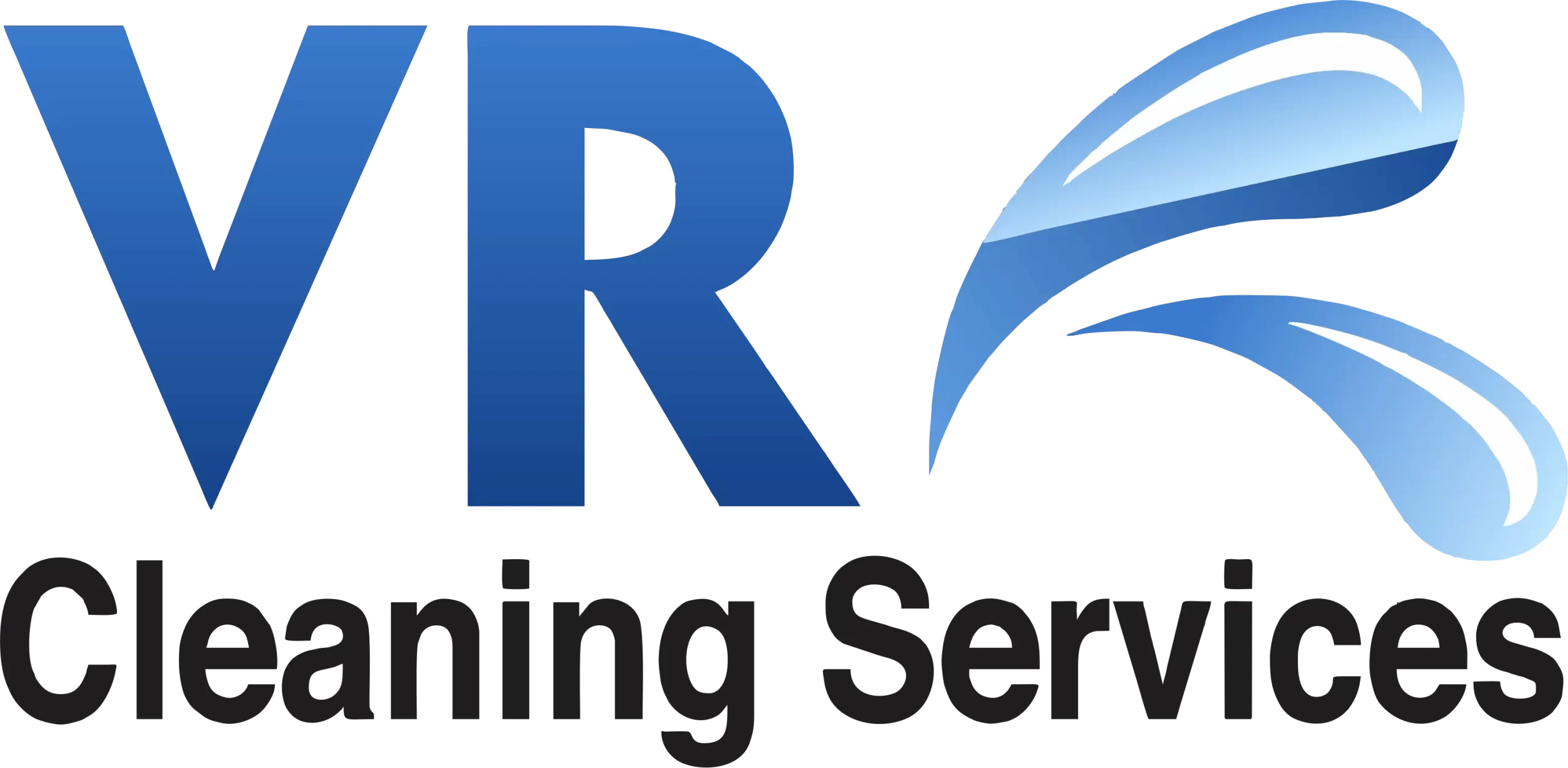Maintaining a clean and efficient ventilation system is crucial for both residential and commercial buildings. While most people focus on HVAC units or filters, proper ventilation cleaning can have a significant impact on energy costs. Here’s how regular cleaning of your ventilation system helps to lower energy bills:
1. Improved Airflow Efficiency
- How It Works: Over time, dust, debris, and pollutants accumulate in ventilation ducts, restricting airflow. This forces HVAC systems to work harder to maintain a comfortable temperature, using more energy in the process.
- Energy Impact: By cleaning the ventilation system, you remove blockages, allowing air to flow more freely. This reduces the strain on the HVAC system, leading to lower energy consumption and more consistent airflow throughout the building.
2. Reduced Strain on HVAC Systems
- How It Works: When vents and ducts are clogged, the HVAC system has to run for longer periods and at higher capacities to heat or cool a space effectively. This continuous strain can lead to premature wear and tear on the system.
- Energy Impact: Clean ventilation ducts result in shorter operational times for HVAC units. This not only reduces energy consumption but also prolongs the lifespan of the system, saving money on repairs and replacements.
3. Optimized Temperature Regulation
- How It Works: A dirty ventilation system can cause uneven temperature distribution across different rooms or areas. This results in temperature imbalances, forcing the HVAC system to run longer to achieve a desired level of comfort.
- Energy Impact: With a clean ventilation system, temperature regulation becomes more efficient, ensuring the HVAC system doesn’t have to compensate for inconsistent airflow. This results in less energy being used to maintain a stable temperature.
4. Lower Risk of System Malfunctions
- How It Works: Dust and debris build-up in ventilation ducts can damage components of the HVAC system, leading to frequent malfunctions or breakdowns. Additionally, the system can overheat from working harder, requiring costly repairs.
- Energy Impact: Regular ventilation cleaning reduces the risk of costly HVAC repairs and replacements by preventing system malfunctions. A well-maintained system runs efficiently and uses less energy, contributing to lower overall energy costs.
5. Cleaner Indoor Air Quality
- How It Works: Clean ventilation not only improves system efficiency but also enhances indoor air quality by removing allergens, dust, and pollutants from the air. A clean environment requires less energy to maintain because the HVAC system doesn’t need to work harder to filter out contaminants.
- Energy Impact: Better indoor air quality reduces the load on air purifiers and filtration systems, meaning less energy is consumed in maintaining a healthy indoor environment.
6. Increased System Longevity
- How It Works: When ventilation systems are cleaned regularly, they stay in optimal working condition for a longer period. Clogged ducts and vents can lead to frequent breakdowns, causing you to replace the system sooner than necessary.
- Energy Impact: A well-maintained HVAC system that doesn’t have to compensate for blocked ventilation operates more efficiently, reducing long-term energy costs and lowering the likelihood of expensive replacements.
Conclusion
Proper ventilation cleaning not only contributes to better air quality and a healthier indoor environment, but it also plays a critical role in reducing energy consumption. By improving airflow, reducing strain on HVAC systems, and enhancing temperature regulation, clean ventilation systems help homeowners and businesses save money on their energy bills while extending the lifespan of their equipment. Regular ventilation cleaning is an investment that pays off in lower energy costs and improved system efficiency.

